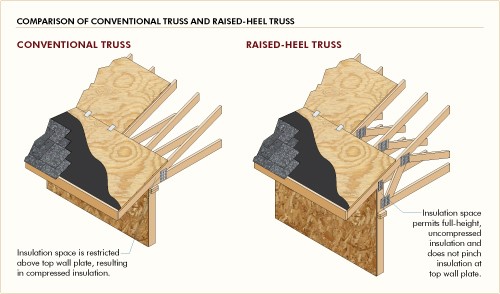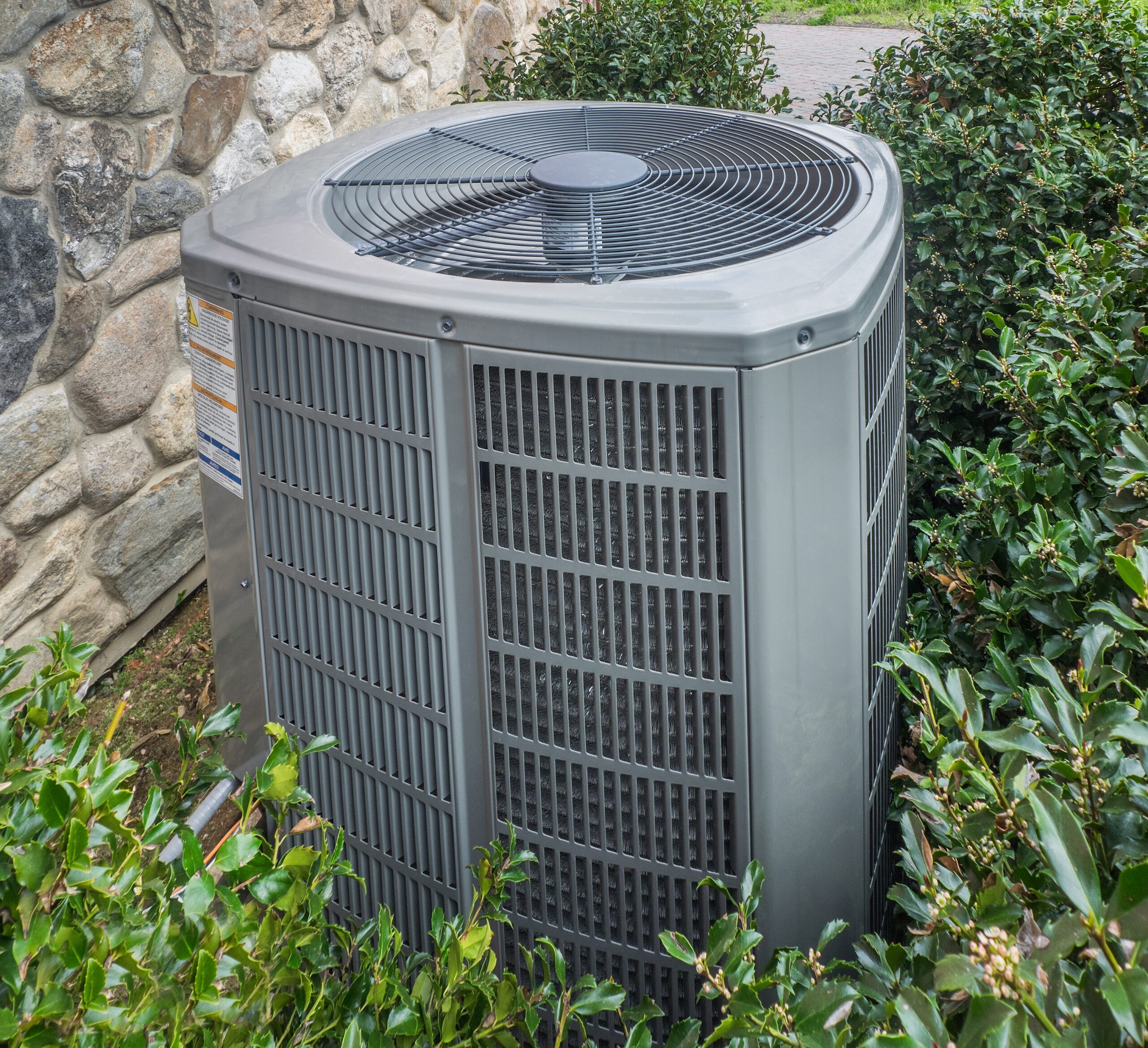Building professionals across the country acknowledge one of the central challenges facing construction today is recruiting talented tradespeople. Ryan Miller, Founder and Executive Director of North Carolina Building Performance Association (NCBPA), a five-year-old not-for-profit association, is working on a solution: a toolkit of career resources for individuals interested in joining the high-performance building industry as a tradesperson. The resources will help guide students and others interested in the trades on the various career pathways in high-performance residential, commercial, and industrial buildings.
Details »Insulation Institute Blog
Posts Categorized: High-performance Homes
HERS Raters Boost EE Competency for Builders
With 27 years’ experience as an insulation contractor in the Dallas/Fort Worth Area, Cardice Howard’s knowledge base about energy-efficient home construction is extensive. She’s seen that builders who work collaboratively with all trades achieve the best results, a better HERS score, and the desired home energy efficiency or air tightness targets. Leveraging her experience as an insulation contractor will be vital as she steps into her role as the Acting Deputy Director of Residential Energy Services Network (RESNET®), where she will work with raters to help builders construct more high-performance, energy-efficient homes.
Details »Air Sealing: Whose Job Is It Anyway?
An average of 22 subcontractors are involved in the construction of a new home.[1] With dozens of people involved, there can be a lot of confusion about whose job air sealing is, particularly if details aren’t spelled out within the scope of work or aren’t communicated effectively.
Ensuring that new construction homes are properly air sealed often means communicating with all trades so that they understand their respective roles in achieving airtightness targets. How you communicate the requirements may differ, but there are some commonalities that top builders have when it comes to assuring air sealing success.
Details »Want More of a Good Thing? Switch Your Trusses
By: Matthew Brown, CGP, APA Engineered Wood Specialist
Insulation can increase a home’s energy efficiency, but only if it’s properly installed. Batt insulation installed as per manufacturer instructions should perform at its stated value, but R-value can decrease if it’s compressed in tight spaces.
In roofing assemblies, conventional trusses can restrict insulation space above the exterior wall top plate, resulting in compressed insulation. Raised-heel trusses can provide a significant boost to the insulating power of a home.
Details »Right-Sizing AC in High-Performance Homes
Some people think that the idea of a high-performance building is a new concept, but it has been around for some time now. As defined in the Energy Policy Act 2005, a building that “integrates and optimizes all major high-performance building attributes, including energy efficiency, durability, life-cycle performance, and occupant productivity” is a high-performance one.
Today, many builders have already applied the principles of a high performance into their homes, and homeowners are now enjoying the benefits of living in a place that sets the bar much higher for energy efficiency, comfort, durability, indoor air quality, and the use of sustainable products.
Details »




